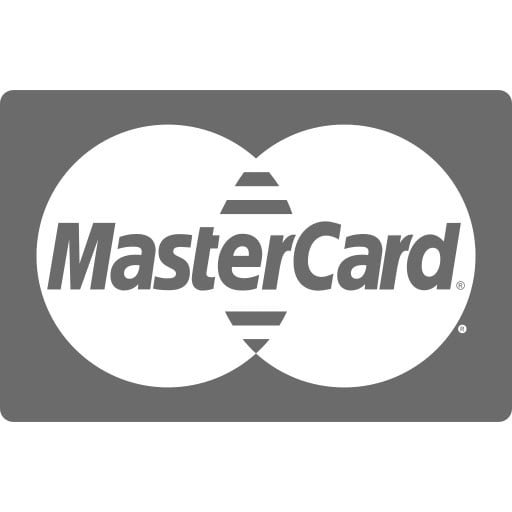Welcome to our beginner’s guide on using the NodeMCU ESP8266 with CH340! In this tutorial, we’ll walk you through the step-by-step process of setting up your board on the Arduino IDE. Whether you’re new to the world of microcontrollers or simply need a refresher, this guide has got you covered.
Components You’ll Need
Before we dive into the setup, let’s quickly review the components required for this tutorial:
• NodeMCU ESP8266 CH340 board
• Micro USB cable (for connecting the board to your computer)
Step 1: Installing the Arduino IDE
The first step is to install the Arduino IDE, which is the software we’ll use to write and upload code to the NodeMCU board. If you haven’t installed it yet, head over to the Arduino website and download the IDE for your operating system (Windows, macOS, or Linux).

Step 2: Adding ESP8266 Support to Arduino IDE
With the Arduino IDE installed, the next step is to add support for the ESP8266 board. Here’s how you can do it:
1. Open Preferences:
• Click on “File” and then “Preferences.”
• Scroll to “Additional Board Manager URLs” and paste the following link (also available in the description):
http://arduino.esp8266.com/stable/package_esp8266com_index.json

2. Install ESP8266 Board:
• Go to the “Tools” menu, click on “Board,” and then select “Boards Manager.”
• In the Boards Manager, type “ESP8266” into the search bar.
• When you see “esp8266 by ESP8266 Community,” click on the “Install” button.

Step 3: Selecting the Correct Board and Port
With the ESP8266 board support installed, we can now select the correct board for our NodeMCU.
1. Connect the NodeMCU to Your Computer:
• Use the Micro USB cable to connect your NodeMCU board to your computer.
2. Select the Board:
• Go to the “Tools” menu again, click on “Board,” and choose “Generic ESP8266 Module” from the list.
3. Select the Communication Port:
• Go to the “Tools” menu, click on “Port,” and select the port where your NodeMCU board is connected.
Note: If the correct port does not appear, try disconnecting and reconnecting your board. If your board still isn’t recognized, you may need to install the CH340 drivers. Download the CH340 driver and follow the installation instructions specific to your operating system.

Step 4: Uploading the First Blink Code
Now that we’ve got everything set up, it’s time to upload your first piece of code to the NodeMCU.
1. Open the Blink Example:
• From the Arduino IDE, go to “File” > “Examples” > “ESP8266” > “Blink.”
2. Upload the Code:
• Scroll through the code and hit the “Upload” button. The Arduino IDE will compile and upload the code to your NodeMCU.
3. Check the LED:
• If everything was done correctly, you should see the onboard LED of your NodeMCU blinking. Congratulations, you’ve just uploaded your first code!
Conclusion
And that’s it! You’ve successfully set up the NodeMCU ESP8266 CH340 on the Arduino IDE, selected the correct board, uploaded your first blink code, and even troubleshot common issues. With your NodeMCU ESP8266 board ready to go, the possibilities for creative projects are endless.
We hope this guide has been helpful to you! If you enjoyed this tutorial, please give it a thumbs up and consider subscribing to our channel for more exciting content. Don’t forget to share this guide with your friends who might find it useful. Happy tinkering!







